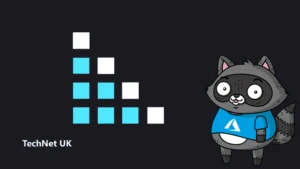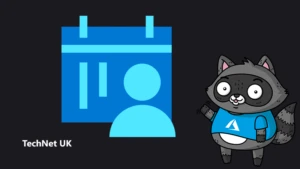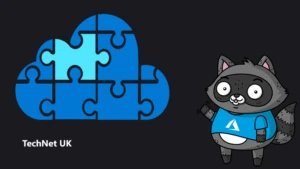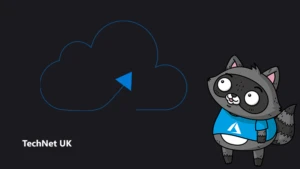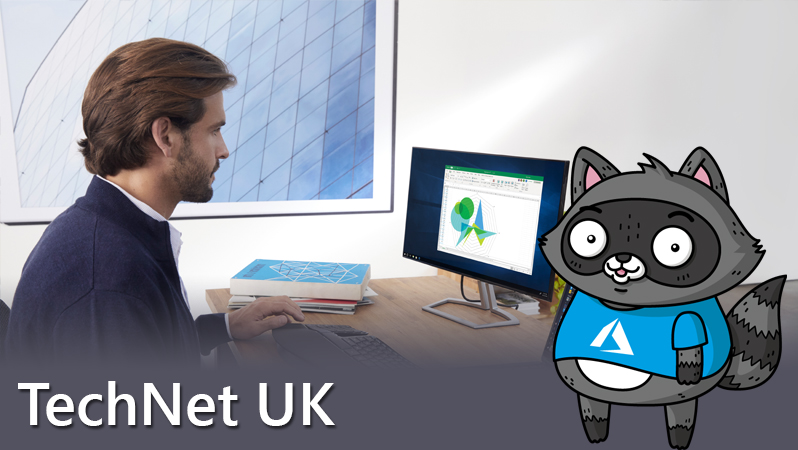
Windows 10 Licensing Logic
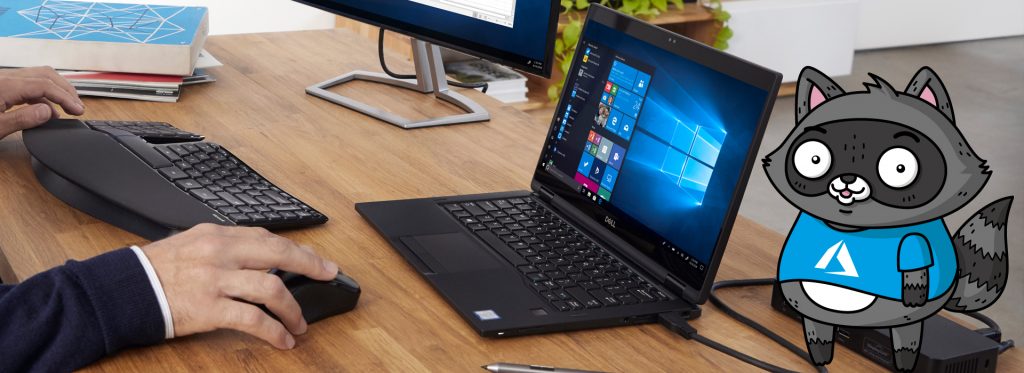
By David Cattanach
Is Windows 10 going to be free? Will Windows 10 be the last ever version? Will 2015 be a great summer? Well, let’s tackle the second question here.
What’s New?
Currently, you might buy a PC and it will come with Windows pre-installed. You’ve paid for the OEM (Original Equipment Manufacturer) licence of Windows. You’ll get feature updates and security patches from time to time and you can choose to install them or hide them. It’s up to you or you organisation’s IT policy.
With Windows 10, you won’t have a choice. Windows updates will be applied when they’re ready. So in a way, Windows 10 will be the last version because you will never have to pay for the next version of the client OS on the same PC; new features will just be installed. If you need to buy a new machine, you’ll pay for the OEM licences part of the PC’s purchase price and then Windows will just be kept up to date for the lifetime of the device.
You may be concentrating on the negative here that updates will be automatically installed. Think about three huge positives though:
-
- You never need to pay for Windows again on the same machine and you’ll always have the latest version
- No more wipe and reload upgrades
- Software vendors and developers can almost guarantee that 90% of Windows users will have the same build
The third point there should make you smile if your PC has ever crashed or you’ve needed to phone support because an application isn’t working. There are so many combinations of OS, patches, drivers, runtime files and versions around that reliability and consistency are devilishly hard to achieve. Applications and peripherals should work far better if the manufacturers and developers can work to a stable and single platform.
Windows Enterprise and Windows Education edition customers will be required to maintain their Software Assurance (SA) in order to enjoy new feature updates. So we have a subtlety here; whilst enterprise customers will not need to pay for the Windows licence again on the same device, they will need to maintain their SA annuity. We’ll explain why in the last section of this post.
Why is Windows Becoming a Service?
The world of software is changing to cloud – a.k.a software as a service. With that change comes different release cadences. If you’ve been in IT for a while you’ll be familiar with the terms 3.5 inch floppy, modem and three-year release cycles. Office 365 has a monthly release cadence. Azure enjoys weekly updates. This is the way of the world; goodbye versions and hello evergreen services. Innovation has become faster and users expect new features quicker.
What if I Don’t Want to Automatically Install Updates?
Windows 10 is going to have three broad demarcations of users: consumers, business users and mission-critical business systems. For each type there is something known as a ‘branch’.

Consumers will be subject to the Current Branch (CB) and will receive Windows updates as they are released. Of course, they will have gone through extensive testing via engineering builds, internal testing, early adopters and the Windows Insider program beforehand so several millions of users will already have installed these updates.
Business Users will default to Current Branch but have the option to select Current Branch for Business (CBB). This allows them to defer feature updates for up to eight months after they’re released to the Current Branch. This provides ample time for testing, compatibility work and fixes and just to wait and see how the hundreds of millions of Current Branch users get on with the updates. The updates can be deferred but they will need to be installed within that eight-month time-frame. Organisations will be able to control and manage how updates (including critical and security updates) are deployed using tools such as System Centre Configuration Manager, Windows Server Update Services or a new Windows 10 service called Windows Update for Business.
PCs running life-dependent, highly secure or mission-critical systems, for example in a life-support centre or a military aerospace controller etc. have the option to deploy point-in-time releases known as Long Term Service Branch (LTSB). These will not be updated with new features but will have security and critical updates applied, although the organisation can manage and control the distribution of these updates. LTSB releases will be supported for at least 5 years (10 years if the customer has software assurance). New LTSB releases will be made available every two-three years and customers will have the option whether to install them or not.
In short, if you don’t want to receive Windows OS updates, you will need to be on the LTSB and that requires certain Windows editions.
Long Term Service Branch is only Available for Windows Enterprise edition
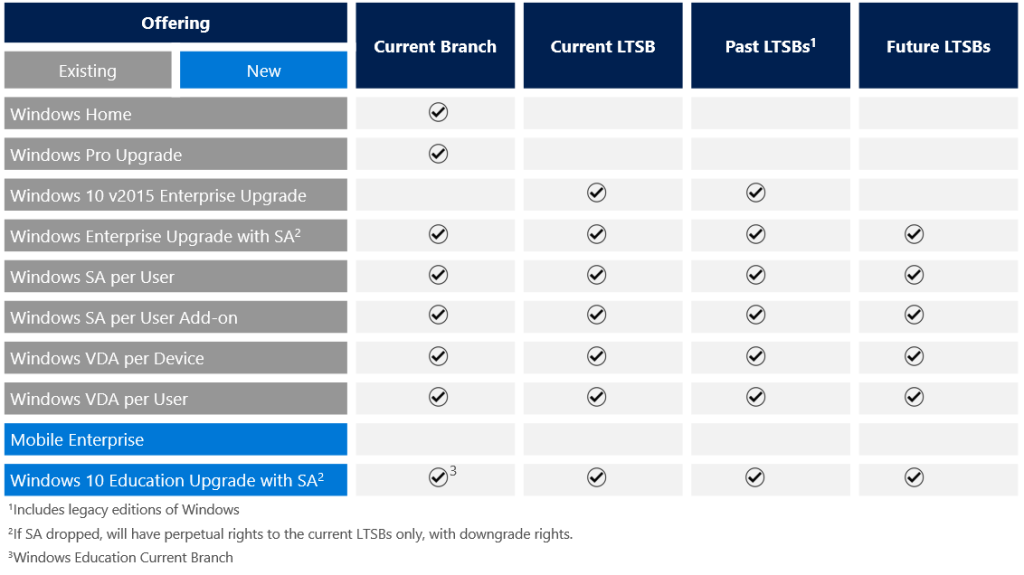
Windows Home edition must be on Current Branch. Windows Pro can be on either Current Branch or Current Branch for Business. This means that both of these editions will be evergreen (CBB allows the updates to be deferred but only for up to 8 months).
Windows Enterprise edition is available with or without software assurance. Windows Enterprise without SA allows the customer to deploy a point-in-time LTSB release, or previous ones (downgrade rights in other words) and for that release to still be supported for 5 years. Windows Enterprise edition with SA also gives customers the rights to new LTSB release when they become available (every 2-3 years). They can choose whether to install new releases or not. SA also means the customer gains extended support so their chosen release will be supported for 10 years.
Even if a customer does have LTSB requirements, it’s unlikely that all of their devices will require it so customers with Windows Enterprise with SA (or indeed Windows Education with SA) will be able to mix Current Branch, CBB and LTSB according to their needs.
One important point to note is that Enterprise edition without SA will not enjoy updates on Current Branch either. Customers with Home and Pro editions will always get the latest features for the life of the device. Enterprise edition without SA will not. The release that’s installed will eventually become out of date and the customer will need to buy a licence again to update.
Windows 10 Enterprise Edition with SA is available through all Microsoft Volume Licensing Programs (Open, Open Value, Select+, MPSA, EA, etc.). You can visit this blog post to read about how to upgrade to Windows 10.

